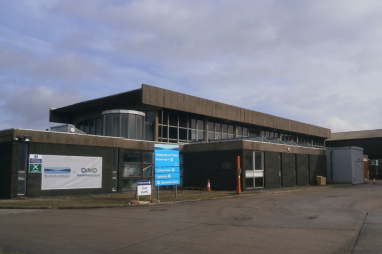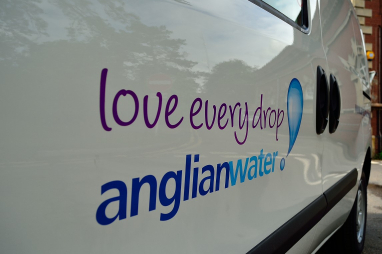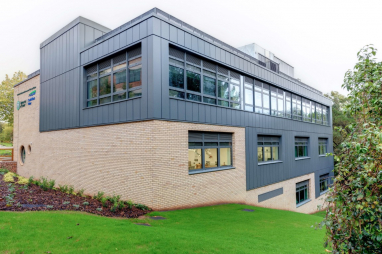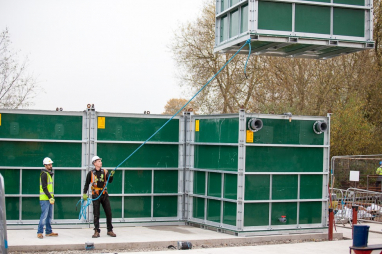- IetpShops , 'Teal Nebula' Hues Take This Nike Air Force 1 Out Of This World , jordan nike high jump pants shoes girls boys women
- 200 Release Date - nike gold air chukka moc high school - SBD - nike gold air yeezy glow in the dark sneakers boys Rattan Obsidian CZ4149
- SBD - You will love The Nike Air VaporMax Run Utility if - 700 Release Date - Nike Air Zoom Pegasus 36 Cody Hudson Yellow CI1723
- 104 - Air Jordan 4 Laser Black kaufen kannst - Jordan Legacy 312 Storm Blue - AQ4160
- Barron Trump’s Height Is Taller Than Melania, Donald & Many Teen Boys – Fonjep News
- new air jordan 1 high og osb dian blue chill white cd0463 401
- Air Jordan 1 Mid Bred 554724 074 2020 Release Date 4
- Usher Air Jordan 11 Gold Sample
- Air Jordan 3 Rust Pink CK9246 600
- nike air force 1 boot cordura black wheat university gold do6702 001
- Home
- News and analysis
- Info hubs
- Events
- Video
- Case Studies
- About us
- Magazine
- Advertising
Produced for the industry by the Association for Consultancy and Engineering
Analysis
South West takes first steps in water sensitive urban design

Australia’s response to flooding and water scarcity has lessons for the UK in terms of water sensitive urban design – and the South West is going to try them out. Tony Barrett explains.
The water sensitive urban design (WSUD) approach to water management was first developed in Australia in response to the water scarcity and flooding issues that plague the country. The effects of climate change and a rising population mean the UK is now facing similar water challenges. Applying a WSUD approach could be part of the solution, but there are important lessons that can be learned from its implementation in the southern hemisphere.
"The collaborative water management vision for the South West is recognition of the need to adopt smarter, more-integrated water-management initiatives across the region"
Properly implemented WSUD provides a raft of benefits far beyond the remit of reducing flooding and creating a secure water supply. The WSUD model integrates all elements of the water cycle, recognising that each component is linked. This holistic approach is a step change from conventional, linear water-management systems, bringing together for the first time the management of rainwater, potable water, wastewater and groundwater.
This integration will increase efficiencies across the water network and enhance the quality of the built environment. A recent study led by AECOM looked at the potential cost benefits of WSUD implementation in Birmingham and Coventry. The findings provided a compelling business case, with benefit values calculated to be more than seven times higher than those of conventional water-management approaches.
Despite such persuasive evidence, the barriers to WSUD delivery mean uptake in the UK is slow. Interestingly, the biggest barrier to the successful delivery of WSUD is not technical in nature. Accountability for implementation does not necessarily lie with one organisation, creating complexities around shared responsibilities. As WSUD will also require significant behavioural change from a number of stakeholders, collaboration is critical to the success of its implementation.
In the South West of England, the water management community has come together to consider a new, joined-up approach to water cycle management. Recognising the potential benefits of WSUD, AECOM is working with a broad range of stakeholders, including South West Water, Devon County Council, Torbay Council, Cornwall Council, Plymouth City Council, Exeter University and the Environment Agency. Working in unison, the group has taken a decisive first step to introducing WSUD by developing a joint vision for the region.
This vision acknowledges that conventional water cycle management approaches alone are not enough to meet the challenges of climate change and population growth in the region. Principally, the vision identifies WSUD as a viable solution for the South West, with the potential to make a significant contribution to the future prosperity of the region.
A regional committee has now been created to establish plans for WSUD implementation. The primary focus in the South West is to work with communities to identify opportunities for WSUD, encouraging them to be more water sensitive and make decisions that will support their future water security.
Although still in its infancy, the collaborative water management vision for the South West is recognition of the need to adopt smarter, more-integrated water-management initiatives across the region. The water management community has made a collective commitment to mainstream WSUD, learning from successful implementation in Australia to place collaboration and engagement at the heart of its development.
Tony Barrett is principal consultant at AECOM’s water practice in the UK





